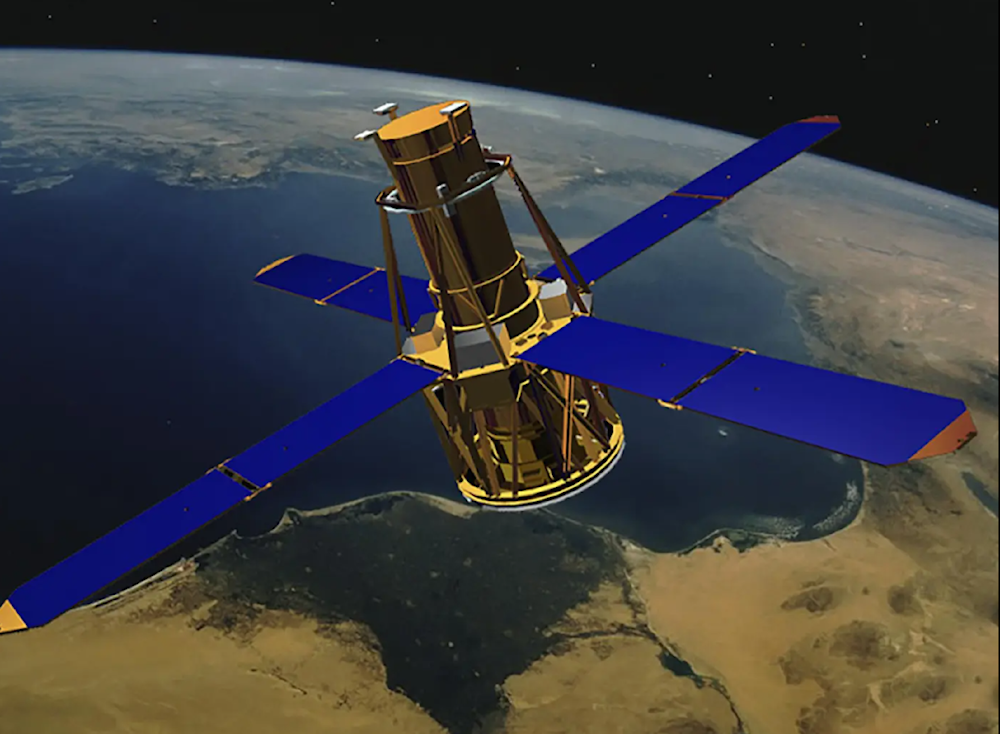Dying satellites may contribute to climate change, ozone depletion
Re-entering satellite debris may build up at high latitudes, causing temperature shifts of up to 1.5°C in the upper atmosphere.
-

The Reuven Ramaty High Energy Solar Spectroscopic Imager solar observation satellite before it plummeted through the atmosphere on April 19, 2023. (NASA via AP)
Currently, more than 9,000 satellites are orbiting the sky, tracking weather, facilitating communications, aiding navigation, and monitoring the Earth. By 2040, the number of satellites could exceed 60,000.
A new study reveals that emissions from expired satellites, as they fall back to Earth and burn up, will significantly impact ozone hole recovery and climate in the coming years. Satellites typically need replacement after five years, with most being disposed of by lowering their altitude to burn up, releasing pollutants like aerosolized aluminum into Earth's atmosphere.
To assess the effects of these increasing emissions, researchers simulated the impact of releasing 10,000 tonnes of aluminum oxide annually by 2040, an amount expected from the disposal of 3,000 satellites each year, assuming a fleet of 60,000 satellites.
Satellite re-entry could disrupt atmospheric balance
The findings, published in the Journal of Geophysical Research: Atmospheres, indicate that re-entering satellite debris will accumulate at high latitudes, potentially causing temperature anomalies of up to 1.5°C in the middle to upper atmosphere, reducing wind speeds and contributing to ozone depletion, which could hinder ozone hole recovery.
Additionally, other metals such as titanium, lithium, iron, and copper will also be released, but their effects have yet to be modeled.

 2 Min Read
2 Min Read








